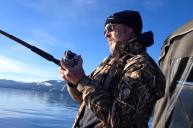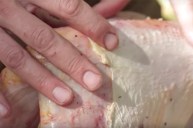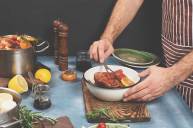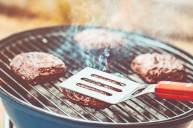After a waterfowl hunt has come to an end with a few ducks in hand, you might wonder, "How do I clean a duck?" There are many methods that work well, but it also can depend on the cooking style you're after. Some hunters find that leaving the skin on makes for a great meal, while others would rather just have the meat. Either way produces some excellent table fare when coupled with things like potatoes and gravy. But the first significant step that you need to take is removing the feathers, and we're here to help with a little duck plucking 101.
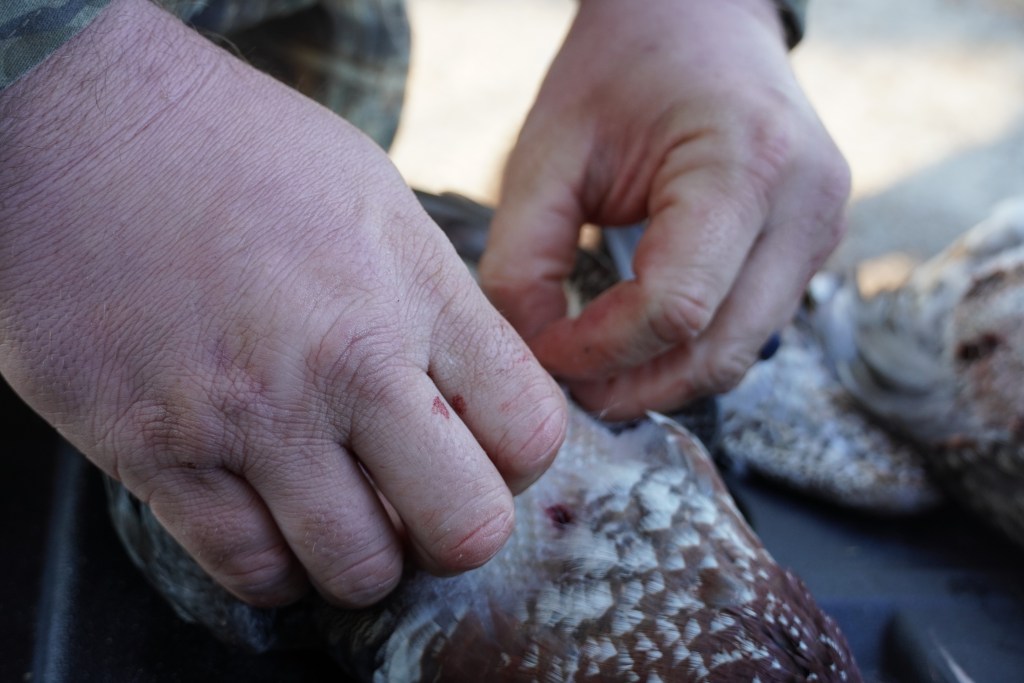
Essentially, plucking a duck means removing the feathers from the bird before preparing the meat for the table. There are a couple different methods which work well for this application. If you're ready to pluck a duck, read on.
How to Pluck Duck Feathers By Hand
Traditionally, plucking a duck was done by grabbing handfuls of feathers at a time and repeating this process until all the feathers were removed. Once the majority of feathers are removed, the remainder of the down feathers are removed to create a clean, featherless bird. Most folks then remove the wings and feet with game shears after the feather removal is complete to have a cook-ready bird.
For those only interested in cooking the breast meat, they merely have to take out a knife and remove the breast with the skin on. If keeping the bird whole is what you're after, you just want to make sure to remove all of the entrails as well.
To get the breast meat, take the knife in one hand, find the breast bone with the other, and make a cut following this bone on both sides. From there, follow the curvature of the meat as it connects to the socket of the wings. Don't forget the tenderloin, which is located just under the breast meat. It's rather small but is tender and delicious when deep fried or wrapped in bacon. Continue on, making smooth cuts along the curve of the bone to ensure all the meat is retrieved.
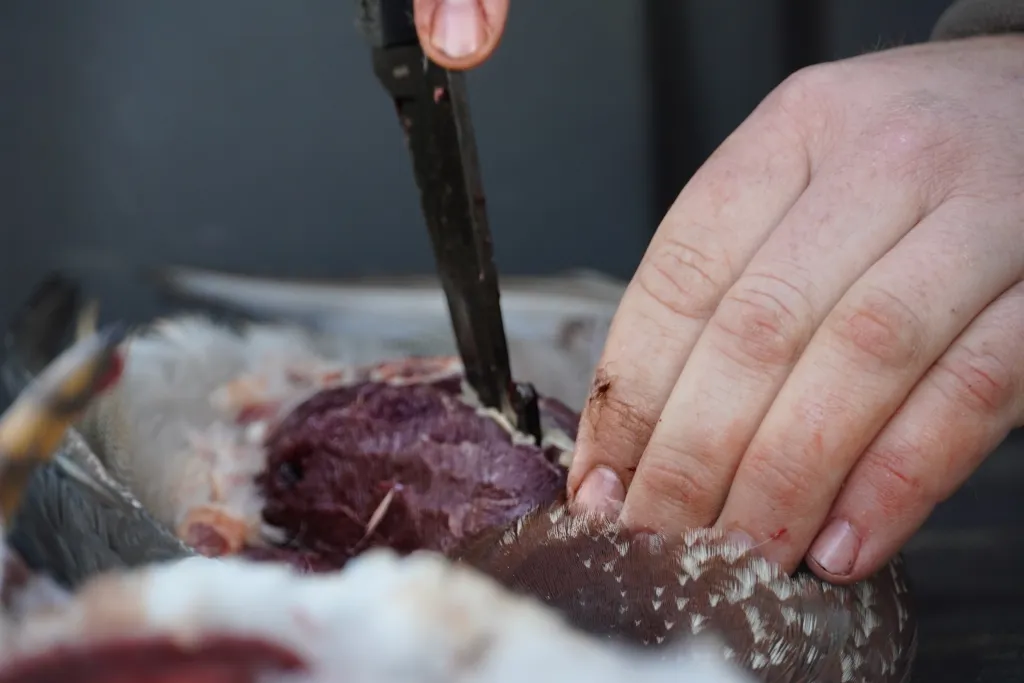
There is another method for cleaning waterfowl that I've found to be rather quick for those who don't desire keeping the skin intact with the meat. Take a portion of skin through the feathers and pull in opposite directions, creating a tear. From there follow the breast bone with your thumb, peeling the skin and feathers back in one piece. This isn't exactly "plucking," but is a quicker way of you are just after the breast.
Once the breast meat is exposed, continue down each side following the curvature of the meat, thus removing the skin and feathers without damaging anything. From here repeat the previously mentioned steps on removing the breast meat.
After the meat has been removed from the birds, always take the time to wash and examine it thoroughly to ensure pellets, feathers, and other debris are removed from the meat before placing it in desired freezer bag, or directly on the grill or pan.
Mechanical Duck Plucking
There are other ways that some hunters remove the feathers from a duck, and the next one I'll mention uses a mechanical contraption that you sort of have to see in action to understand how it works.
An almost-perfect plucking can be accomplished by using mechanical pluckers. They consist of a set of rubber "teeth" wrapped around a wheel that rotates thanks to an electric motor. You hold the duck's carcass up to the spinning teeth and it goes to work. The system can be great because the rubber teeth pull the feathers out at a much faster rate than doing it by hand. Simply put, it makes the plucking process a lot quicker per bird. The downside is that a mechanical plucker can rip the skin and possibly even do some minor damage to the meat. It doesn't happen often and gets easier with practice, but damage to the skin can be more common for beginners using these contraptions for the first time.
Duck Plucking With Paraffin Wax
The last method for taking the feathers off a duck utilizes paraffin wax. It sounds a bit strange, but it's actually pretty simple. The Kansas Department of Wildlife and Parks does a great job of explaining the procedure, and we'll paraphrase their instructions. You need two buckets of water (one metal bucket with hot water, and one for cold water), game or kitchen shears, one pound of paraffin wax, and a trash bag or two for waste.
First, cut off the wings and feet with the shears, and then remove as much of the feathers as you can by hand. You don't have to concern yourself with removing all of the feathers and down, but the long tail feather should definitely be plucked by hand.
Then, slowly heat the warm water bucket until it's just hot enough to melt the paraffin wax without boiling. Once it's melted, dunk the duck into the wax and water mixture, using the head as a handle. Completely cover the duck's body with wax, which might require a couple dunks.
After that, dunk the wax-covered duck into the cold water bucket, and let it sit for five to 10 minutes so the wax can harden. Finally, remove the duck from the cold water and peel the wax off like an orange. All the remaining feathers and down will be removed along with it. Then all it takes is a sharp knife to cut the head off and remove the entrails, and it's ready for cooking.
Pluck Your Duck With Pride
Plucking a duck is actually a lot of fun, because its the next step in the process of preparing a savory meal produced from God's creation, harvested by you. Wild game, and specifically wild duck meat, is some of the most pure meat on the planet for consumption. In fact, its what my family prefers to eat over anything store bought. Don't get me wrong, beef is delicious, but knowing where the meat comes and staying involved in the whole field to table procedure is far more satisfying than running to the grocery store.
Don't forget to take the time to thoroughly clean the meat before cooking. There is nothing worse than breaking a tooth on a piece of steel shot at the dinner table. As one last reminder, I'll say this: if you're plucking a duck at home, make sure to pick up and dispose of the feathers before your wife has something to say.



